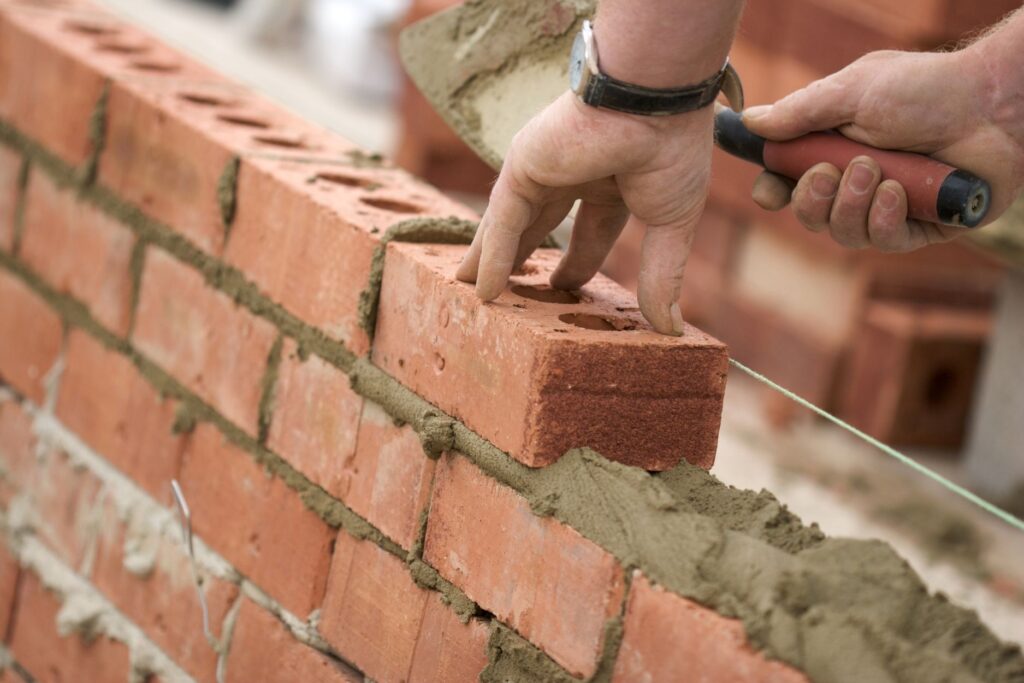The new base rate 2025 set by the Bank of England is a critical factor for UK property investors. Understanding its impact on mortgages, rental yields, borrowing costs and investor strategy is essential to protect returns and optimise portfolio performance. With the Bank of England raising rates to 4.00% in August 2025, investors must review assumptions on financing, rental demand and long-term growth. This article explains what the new base rate 2025 means for different property strategies, how it affects buy-to-let and HMO investments, and how to plan for shifting market conditions.
What the new base rate 2025 actually is
The base rate is the interest rate at which commercial banks can borrow from the Bank of England. Changes in the base rate influence mortgage rates, savings returns and wider borrowing costs. The Bank of England’s official announcement in August 2025 set the rate at 4.00%, continuing a period of measured rate increases aimed at controlling inflation.
For property investors, this means that mortgage rates for both buy-to-let and standard residential lending are likely to adjust upward, influencing net cashflow and affordability.
Immediate impact on mortgages
Buy-to-let mortgage rates typically track the base rate plus a lender margin. As the new base rate 2025 rises, interest-only or repayment mortgage costs increase, reducing net rental income if rents do not move in tandem. Investors should consider:
- Reassessing mortgage affordability under new rates.
- Considering fixed-rate mortgages to lock in cost certainty.
- Stress-testing cashflow under further potential rate increases.
Select Property provides a detailed mortgage impact analysis for landlords, showing how rate rises translate to monthly payment adjustments.
Effects on rental yields
Higher interest costs directly affect net yields, making it crucial to calculate yields based on post-finance cashflow rather than headline gross rents.
- Assured Shorthold Tenancies (ASTs): steady income but impacted by tenant affordability and local rental caps.
- Short-term lets: higher gross revenue potential, but sensitive to demand fluctuations, especially if tenants or guests reduce spending due to broader economic conditions.
ONS rental data indicates that in many cities, rents have kept pace with inflation, but investors must model net cashflow carefully under the new base rate scenario.
Strategic considerations for investors
1. Portfolio diversification
Interest rate risk can be mitigated through a mix of property types and locations. Urban and suburban properties, as well as different tenancy models, allow risk spreading.
2. Tenancy model review
Higher borrowing costs may make HMO or multi-let investments more attractive, given potential higher rental yields. However, upcoming regulatory changes, including the phasing out of some HMO arrangements and new renters’ rights legislation, increase operational complexity and risk. Investors must balance yield with tenant management.
3. Timing of purchases
Investors may question whether to act now or wait for potential rate stabilisation. In markets where affordability is constrained, acting early can secure assets at lower capital cost before rates rise further. Vertaproperty notes that some commuter towns and regional centres retain good value even under rising base rates.
Long-term investment implications
The new base rate 2025 has knock-on effects beyond mortgages:
- Capital growth expectations: Rate rises may temper growth in overheated city markets but can make regional and commuter towns comparatively more attractive.
- Rental demand: Sustained rate increases can slow homebuyer activity, increasing demand for rental properties and supporting occupancy rates.
- Investment yield: Investors who model conservatively and adjust for interest costs can maintain target yields and secure long-term portfolio stability.
Recent JLL UK Living Market Outlook emphasises the importance of scenario modelling under changing interest rate conditions.
Practical investor checklist for the new base rate 2025
- Recalculate mortgage affordability for all properties at current and projected rates.
- Stress-test rental income against interest-only and repayment mortgages.
- Review tenancy models: AST, short-term lets, HMO.
- Check regulatory changes affecting HMO and tenancy agreements.
- Identify towns and cities with growth resilience under rising rates (regional centres, commuter towns).
- Factor in potential refurbishment or maintenance to increase rental value and hedge against interest rises.
Actionable tips for investors
- Consider fixed-rate mortgages where possible to secure predictable repayments.
- Target properties with strong rental demand to minimise vacancy risk.
- Diversify by region and property type to reduce reliance on high-cost borrowing areas.
- Stay informed of government interventions, such as changes to renters’ rights or mortgage support policies.
Conclusion
The new base rate 2025 affects every aspect of property investment, from cashflow to yield and tenant demand. Investors who proactively review mortgage arrangements, assess property type and location, and stress-test rental scenarios will be best positioned to protect returns. Rising rates highlight the importance of conservative underwriting and strategic portfolio planning.
For personalised analysis, mortgage impact modelling, or a property sourcing briefing aligned with new base rate 2025 conditions, contact TK Property Group today:
https://tkpg.co.uk/contact-us/









